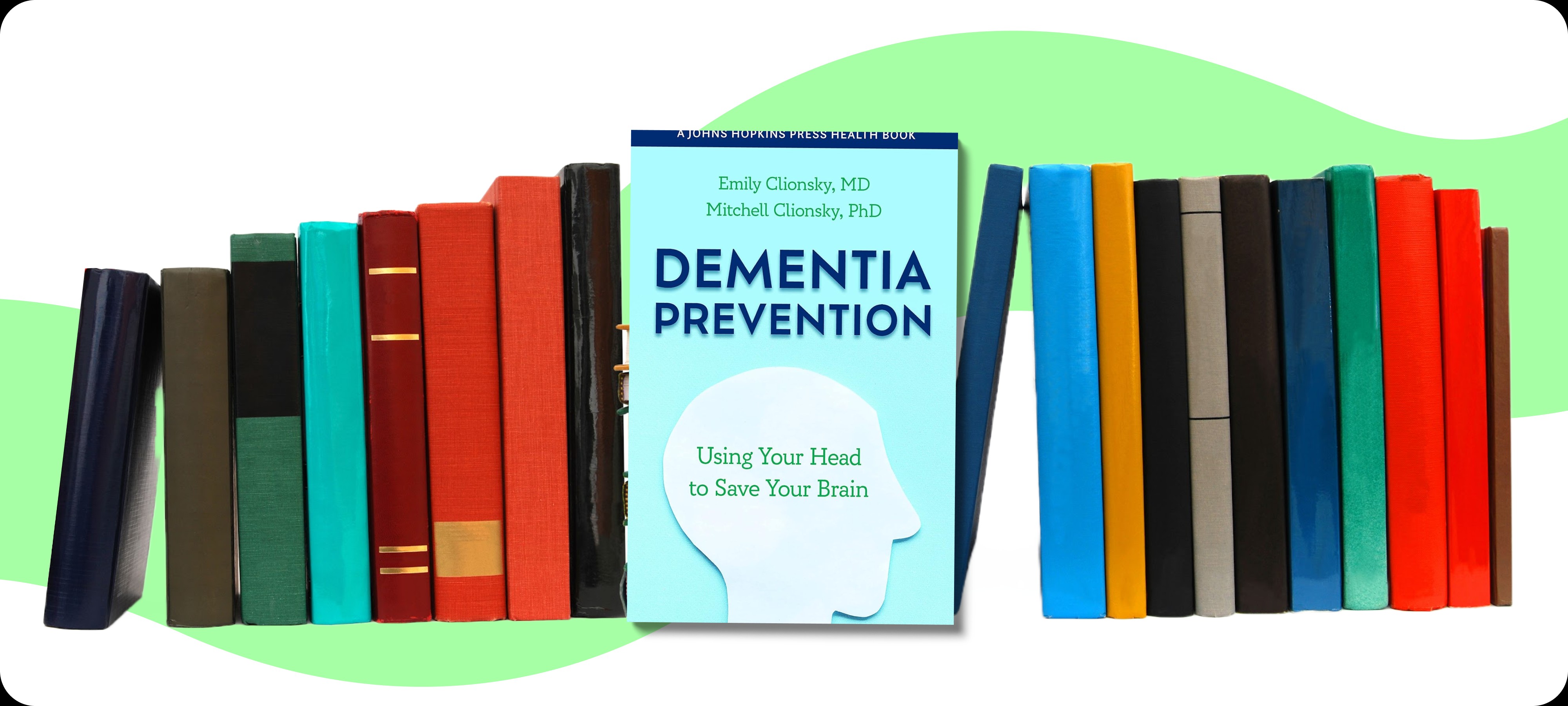Herbalism has been intertwined with human history since ancient times. Archaeological evidence reveals that plants were utilised for various purposes, including burials, mummification, medicine, and nutrition, evident from traces of medicinal herbs found in ancient human and Neanderthal remains. For instance, a Neanderthal tooth dating back 50,000 years, discovered in Spain’s El Sidrón cave, contained residues of yarrow and chamomile, illustrating the long-standing connection between humans and herbal remedies.
In her book ‘Drinkable Healing Herbal Infusions,’ Brighid Doherty unveils tidbits of information about herbalism. In this review, we will delve into the compelling ideas presented in the book and make sure that after reading the review, you know all the benefits of herbal infusions and are ready to grow your own little herb garden.
Author’s background

Brighid Doherty is a certified herbalist and founder of the Solidago School of Herbalism.

Through workshops, a podcast, and her online course ‘Nourish Yourself,’ she helps people harness the power of herbs for better health.
What is the book about?

‘Drinkable Healing Herbal Infusions’ introduces readers to the world of home herbalism through the creation of safe, nourishing, and enjoyable herbal beverages. Within its pages, you will discover a treasure trove of 100 recipes that ingeniously blend some of the world’s most renowned and potent herbs, offering a delightful array of teas, tonics, syrups, and more.
Divided into two parts, Part 1 lays the groundwork for beginners, providing essential knowledge on kitchen tools, fundamental ingredients, the revered top 15 herbs, acquiring these botanical wonders, and the art of creating exceptional infusions. Part 2 unveils a collection of herbal beverage recipes, expertly categorised to support various body systems, with the top 15 herbs adorning multiple recipes, each bringing forth a bouquet of diverse health benefits.
The book emphasises the simplicity, safety, and effectiveness of herbal medicine, particularly when using liquid infusions. It encourages readers to use caution when trying new herbs, especially during pregnancy, severe allergies, sensitivities, or while taking prescription medications. The remedies are primarily composed of safe, food-like herbs, and it is advised not to consume herbs in capsule or tablet form.
Key takeaways from ‘Drinkable Healing Herbal Infusions’

1Homemade herbal infusions are an excellent source of natural nutrients
Homemade herbal infusions extract vital minerals and vitamins from plants in a form easily absorbed and utilised by our bodies. Unlike processed supplements or extracts, wild herbs provide abundant nutrients in their natural state, enhancing effectiveness without unwanted side effects.
2Herbal infusions help you to stay hydrated
These herbal drinks are simple to make and delightful to consume, making it effortless to stay hydrated throughout busy days. A thermos, travel mug, or water bottle can hold these nourishing concoctions, replacing less healthy beverages like soda or energy drinks. Moreover, herbal infusions offer a balanced source of nutrients, preventing mineral loss due to excessive urination caused by excessive pure water consumption.
3Preparing herbal drinks is cost-effective
Creating healing herbal drinks at home proves to be one of the most cost-effective forms of medicine. Herbs can be obtained affordably in bulk or purchased from local herb shops. Alternatively, they can be harvested from gardens or the wild with minimal expenses, unlike herbal supplements or prescription medications, which are often significantly pricier.
4Cultivating your own herb garden is an enriching hobby
Embrace the joy of tending to your herb garden, nurturing these natural healers as they flourish under your care. Whether in a small pot or a lush garden, growing your own herbs offers an enriching journey that deepens your understanding of herbal medicine and strengthens your bond with the natural world.
A wide array of herbs thrives in both pot and garden settings, making them accessible choices for anyone interested in herbalism. Favourites such as rosemary, calendula, tulsi, chamomile, mint, thyme, fennel, lemon balm, and comfrey can flourish in these spaces. If you have extra room to spare, you can even accommodate medicinal trees and shrubs like linden, elder, and hawthorn. Not to mention, many wild herbs, often dismissed as weeds, can effortlessly grow and be foraged right in your backyard or vacant city lots.
Overall rating & strengths and weaknesses, according to readers’ reviews

Strengths
Quick and accessible read.
Utilises familiar ingredients, even weeds from your own backyard, making herbalism approachable.
Most recipes are simple and require only a few ingredients, ensuring ease of preparation.
Clear definitions and detailed explanations in each recipe.
Weaknesses
This book will not appeal to readers willing to learn about the health benefits of herbal infusions from a scientific point of view. The book concentrates on recipes rather than the science behind herbalism.
Best quotes from ‘Drinkable Healing Herbal Infusions’

“If you wish to grow comfrey, it should only be planted in a spot where it can live forever. Once it’s planted, it will never be eradicated from that location. Any size piece of a comfrey root will grow a new plant.”
“Schisandra is called “the five-flavor fruit.” It contains all five flavors: bitter, sweet, pungent, salty, and sour. Its strong and unique flavor is best enjoyed in small amounts. When you make an infusion with the berries, they do not need to be strained out.”
“Tulsi, a species of basil, is a safe herb. It is mildly anticoagulant. Caution is advised if using blood-thinning pharmaceuticals. Tulsi can lower blood sugar, so use caution if taking insulin and blood sugar–lowering pharmaceuticals. Tulsi may lower fertility for men and women while taking it but not long-term.”
Final takeaway

‘Drinkable Healing Herbal Infusions’ is a delightful and accessible guide that introduces readers to the world of herbalism through a treasure trove of 100 recipes. The book’s emphasis on simplicity, safety, and the effectiveness of herbal medicine makes it an ideal choice for those curious about herbalism or beginner herbalists. With easy-to-follow recipes, insights into herbalism, and valuable knowledge on herb usage, this book opens a world of natural healing alternatives for readers to explore.
It is a perfect read for beginners or those curious about herbalism, offering a gentle introduction to the subject.
Where to buy
You may purchase ‘Drinkable Healing Herbal Infusions’ on Amazon at the best price. It is available in paperback and Kindle versions, so you may choose an option that appeals to you the most.
Receive Exclusive Tips & Weekly Digest – subscribe to our newsletter






